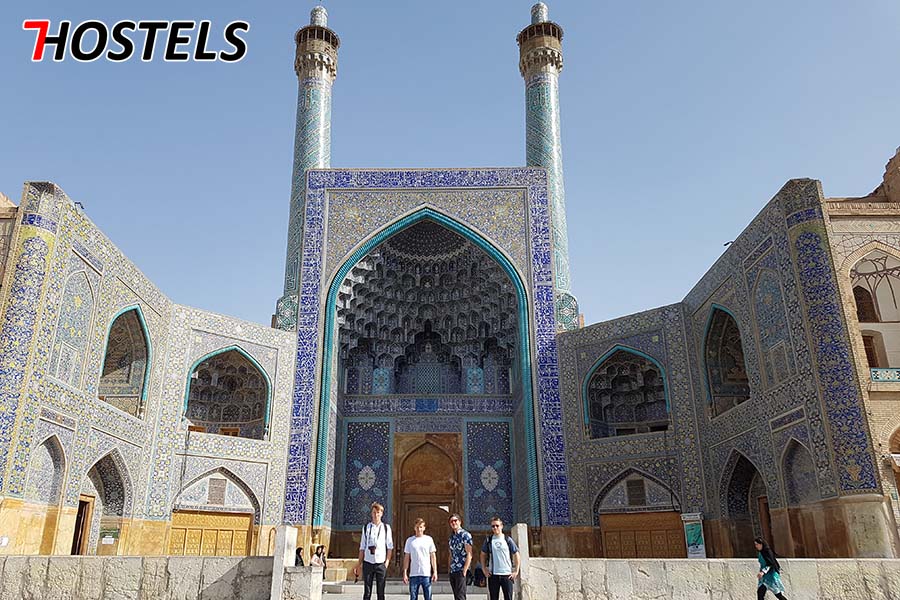 Isfahan
Isfahan 
With a population of 1.7 million people and as the third populous city in Iran, Isfahan is the most touristic city in this country. There are so many attractions in Isfahan that most of the tourists who travel to this city extend their stay further than what they have already planned. Isfahan is located 450 km south of Tehran and with its magnificent religious and non-religious buildings, is a perfect epitome of the fusion of the Islamic and ancient Persian architecture. The symmetric shape of the enchanting buildings in Isfahan reminds one of that of the most beautiful building in the world, Taj Mahal, whose architects were also Persian. Isfahan’s sights are a living museum of traditional culture ranging from the Zoroastrian Persia 6000 years ago until the present time. The city’s main square, Naghsh-e Jahan Square is one of the largest city squares in the world and has been enlisted by UNESCO as a World Heritage Site.
There is a common saying in Iran about Isfahan, it says “Isfahan Nesf-e Jahan” which literally means Isfahan is half of the world. And when you come to think about it, you’ll see that the city deserves the praise quite well; during its rich history, Isfahan has been the capital of the glorious Persian Empire twice and Shahs of the time tried their best to make it look like the capital of Persia that was known for its advanced sciences, culture and art. Another factor that contributed to the prosperity of the ancient city of Isfahan was that this city was located at the intersection of major east-west and north-south routes of the Empire.
Archeological studies in Isfahan show that the earliest forms of human life in this city date back to the Stone Age in Iran in 800,000 - 200,000 BCE. But the settlement took the form of a town during the time of Elamite Period. Aside from its central location, the fertile soil around the once mighty Zayanderud River accelerated the growth of the town. Furthermore, due to the religious tolerance shown by the Persian Kings during the time of Achaemenid (648–330 BCE) and Sassanid (226 – 652 CE) Dynasties, many Jews fled from their cruel rulers and took refuge in Isfahan. And this explains for Isfahanis’ knack for making money. After the invasion of the Arabs and the fall of Isfahan in 642 CE, Isfahan continued to prosper especially during the time of the Safavid Dynasty under Shah Abbas the Great who moved the capital of the empire from Qazvin to Isfahan in 1598.

To say nothing of the city’s artistic talents for producing handcrafts like carpets, textile, and metal ware, the city boasts its advanced metallurgy-related industry, and nuclear enrichment facilities. An international airport and the city’s metro are also being constructed but at a very slow rate.
There is a major bus terminal in the south of Tehran called South Bus Terminal or Termnal-e Jonub where there are frequent Iran VIP buses leaving for Isfahan.
0 Comment(s)
|
Comments and Reviews |
|
|